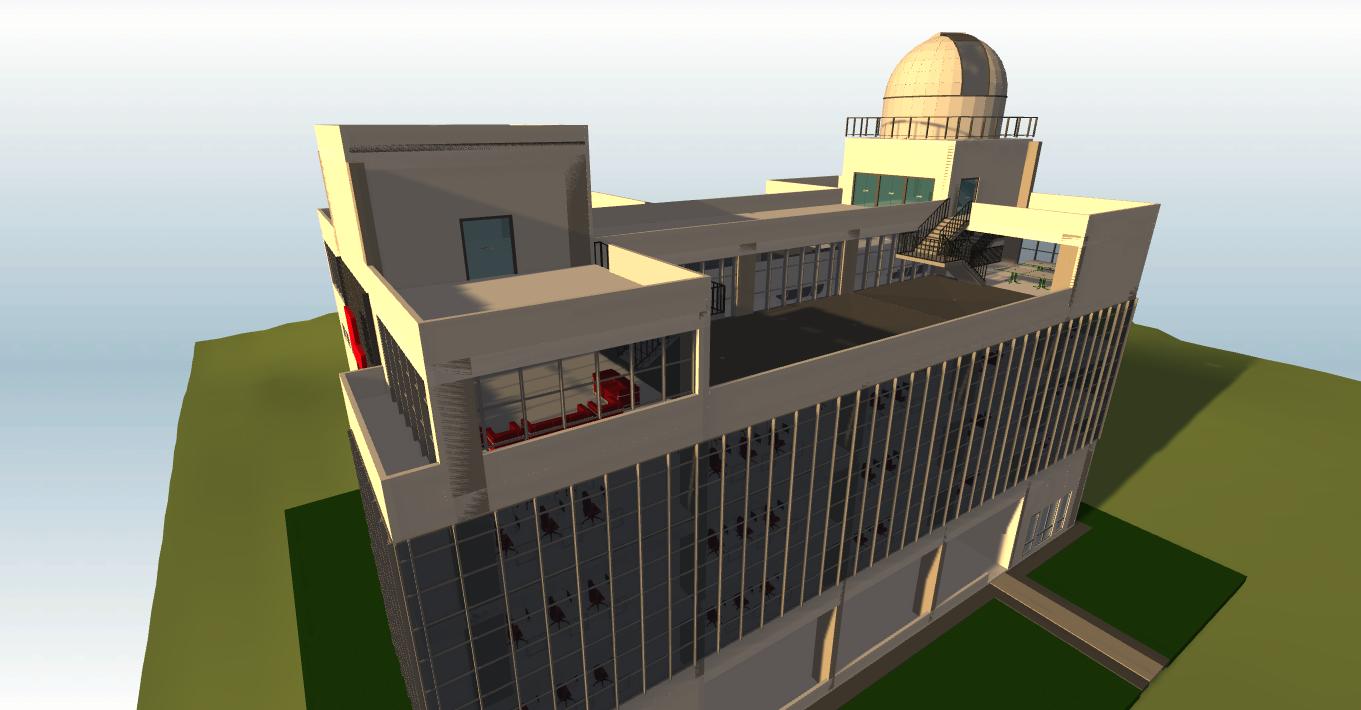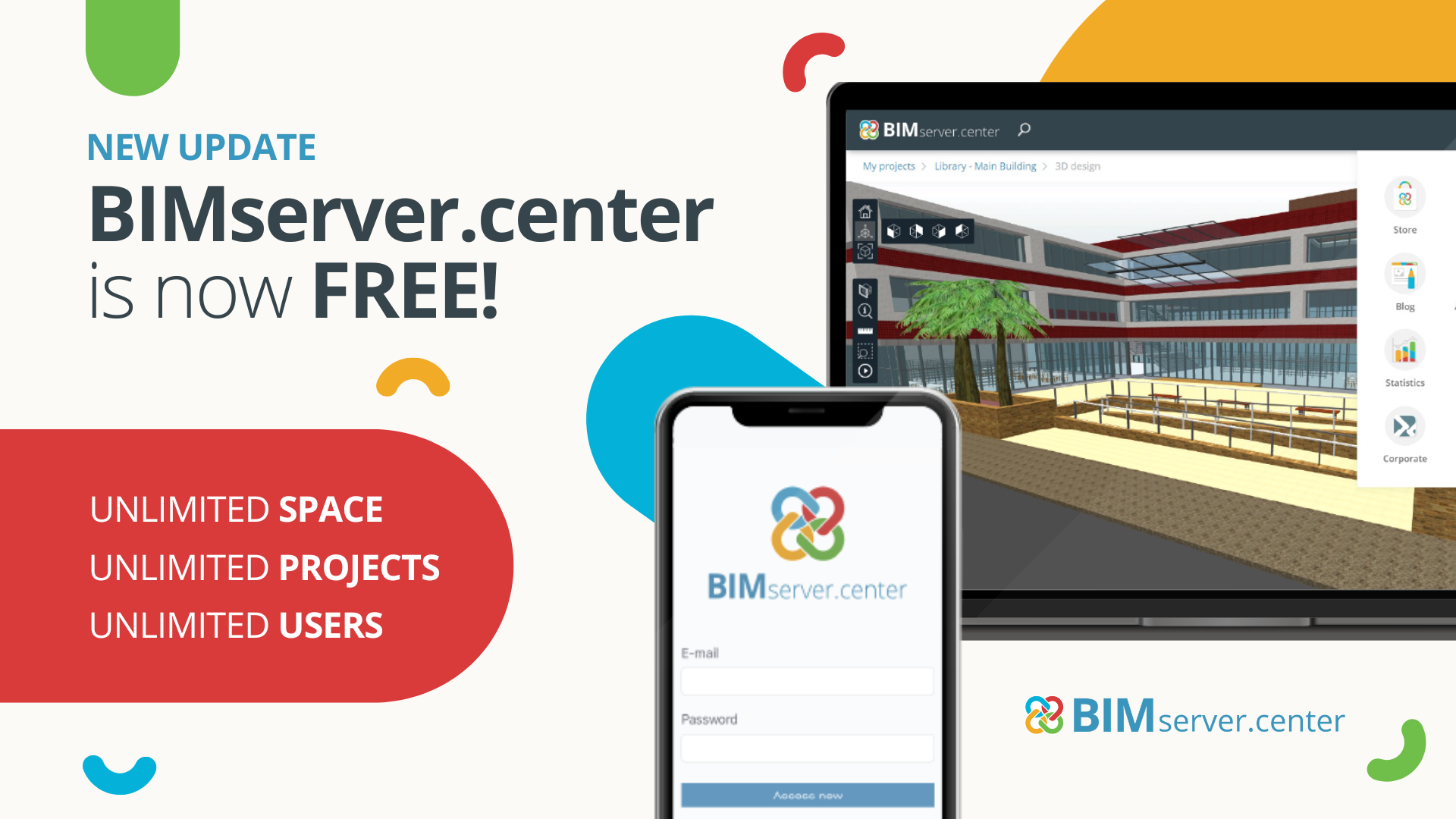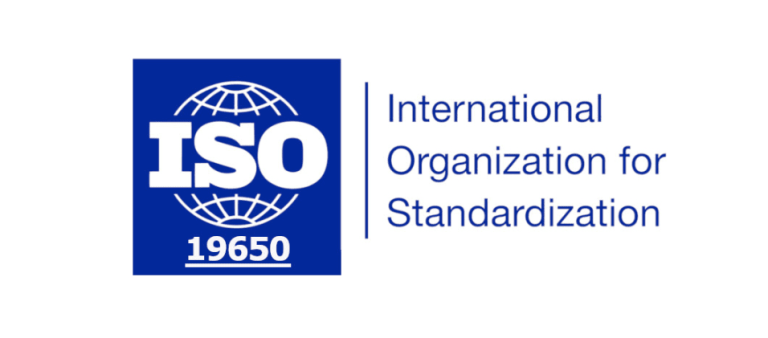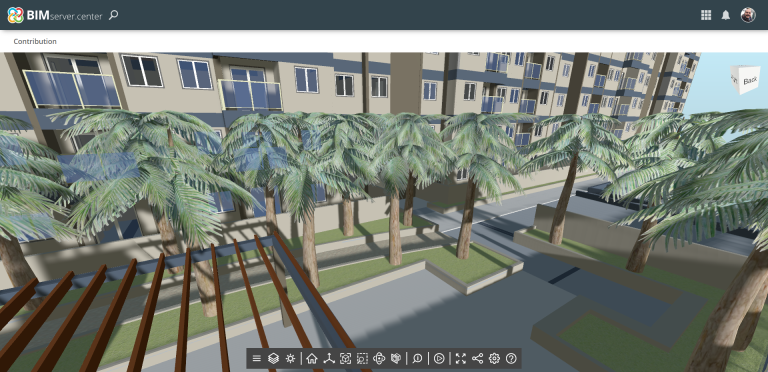- “Businesses, regadless of their size, and freelance technicians who don't work with BIM run the risk of remaining ´sidelined´”
- “The BIM Manager International Master by Espacio BIM incorporates CYPE's solutions in structures and MEP, and shows the working of the BIMserver.center platform”
Professionals must adapt to the new way of working based on BIM technology to ensure their development and competitiveness
Borja Sánchez Ortega
Project Manager and CEO of Espacio BIM
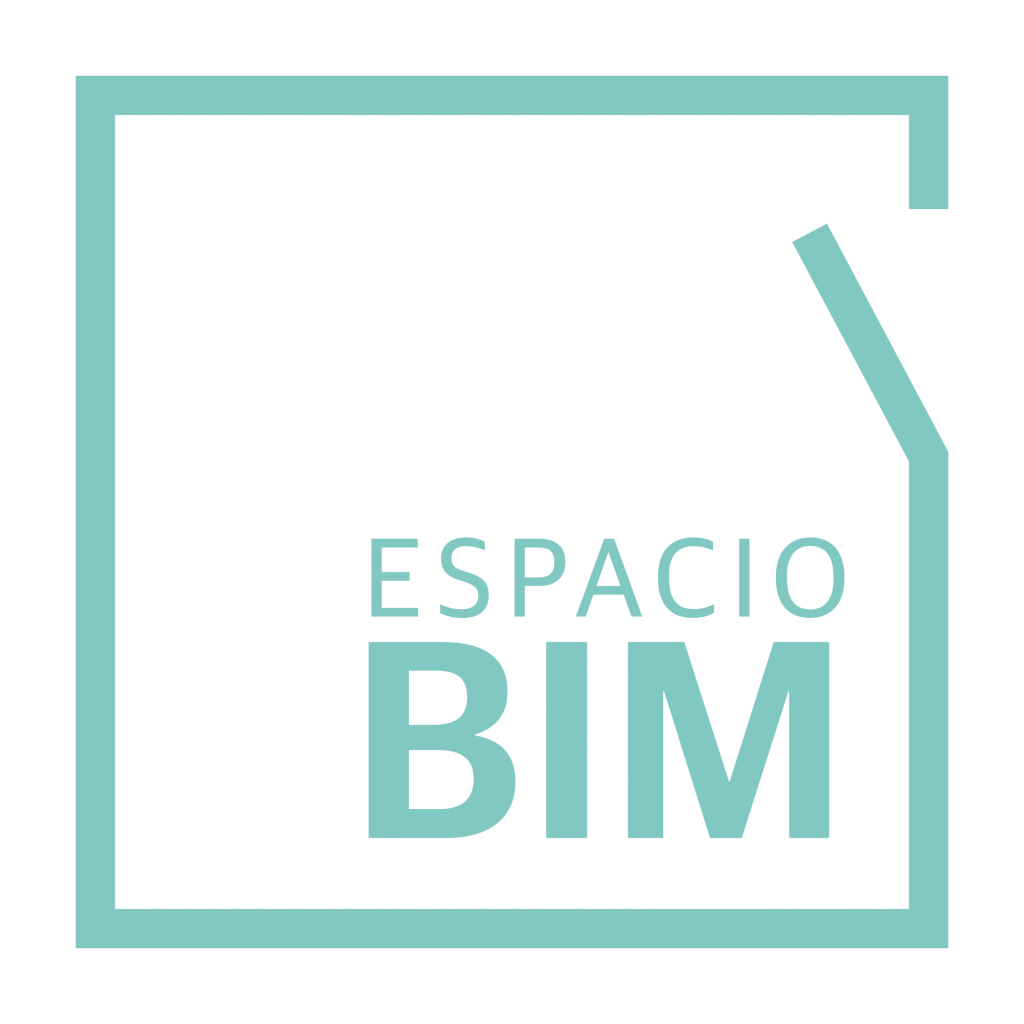
Espacio BIM, an international company providing professional services for architecture, engineering and construction, has developed in its e-learning area the BIM Manager International Master. It is a master consisting of 600 hours on BIM work processes in building and civil works projects, both in the drafting and execution stage and the use stage. In the next edition, this master will train students to export IFC files to different CYPE units, and on how to share models in IFC format through BIMserver.center.
What are the aims of Espacio BIM’s BIM Manager International Master?
The main aim of the BIM Manager International Master that we have developed at Espacio BIM is to help the technician, no matter what their role is in a project, to master BIM work processes through the whole life cycle of a construction.
What is the profile of the average student that has completed your BIM Manager International Master?
Our students are professionals and students of architecture, engineering, associated disciplines etc. Up until now, we’ve trained more than 28,000 people, of which 65% are from Europe, 23% from South America, 6% from western America and another 6% from Central America.
What competitive advantages do you think this master provides compared to others?
Our main value, which is what distinguishes us, is the attention and treatment we give to our students. We are really outstanding in this aspect and our students count on our help at all times when advancing with the BIM Manager International Master. To achieve this, we have established a highly protocolised monitoring or tutoring process, thanks to which we resolve students’ doubts. We also give them our feedback on the progress they are making, which we do in a very adaptable manner always with their work files and their personalised videos.
How would you describe the degree of BIM implementation in Spanish and Latin-American businesses?
At this moment, we can say that the implantation of BIM is very real during the drafting stage of the project, whilst in the execution stage, we are still at the beginning stages. To improve the level of implementation during the project execution stage, I consider it to only be a matter of time since the requirement of BIM is foreseen in public tenders that are currently in the drafting stage.
Developers, constructors, architecture or engineering studios are construction professionals that can intervene in a project. Are some of them going to be able to work in the future without implanting a BIM strategy?
I’m convinced without a doubt that in the future they won’t be able to work if they don’t adapt to the workflows proposed by BIM technology. From our point of view, and analysing the development that BIM is globally undergoing in the construction sector, professionals must adapt their skills to this new form of working to guarantee their development and competitivity.
Which businesses are betting on BIM technology? What risk do smaller businesses or freelancers run if they don’t adapt their form of working to BIM?
Our experience tells us that from a general point of view, the size of the business isn’t influencing the decision to bet on BIM. The biggest businesses are adopting it, but we also have evidence that for many years now small businesses and the self-employed are making a great effort to adapt to BIM too. In the case that smaller businesses and freelancers don’t adapt to BIM they run the risk of remaining “sidelined”.
What are the pros and cons for a business that wants to start using BIM?
The main obstacle is the inversion needed to implement it. From that point on, there are only advantages. It optimises resources, time and costs.
In the next edition of BIM Manager International Master, you’re going to introduce some of CYPE’s solutions and show BIMserver.center. Could you explain a bit more about how you’re going to do this?
For the “BIM uses” linked to the engineering analysis (structures and MEP), we will approach CYPE’s solutions in different ways:
- On one hand, through flow charts and teaching how to prepare a BIM model to export it to the different CYPE units.
- Showing the associated conventions: modelling criteria, etc.
- Teaching how to share a model in IFC format through CYPE’s CDE.
What benefits will your students gain from using some of CYPE’s solutions?
The main advantage of using CYPE is that, apart from developing software in Spanish and integrating regulations from more than 64 different countries, its solutions are intuitive.


